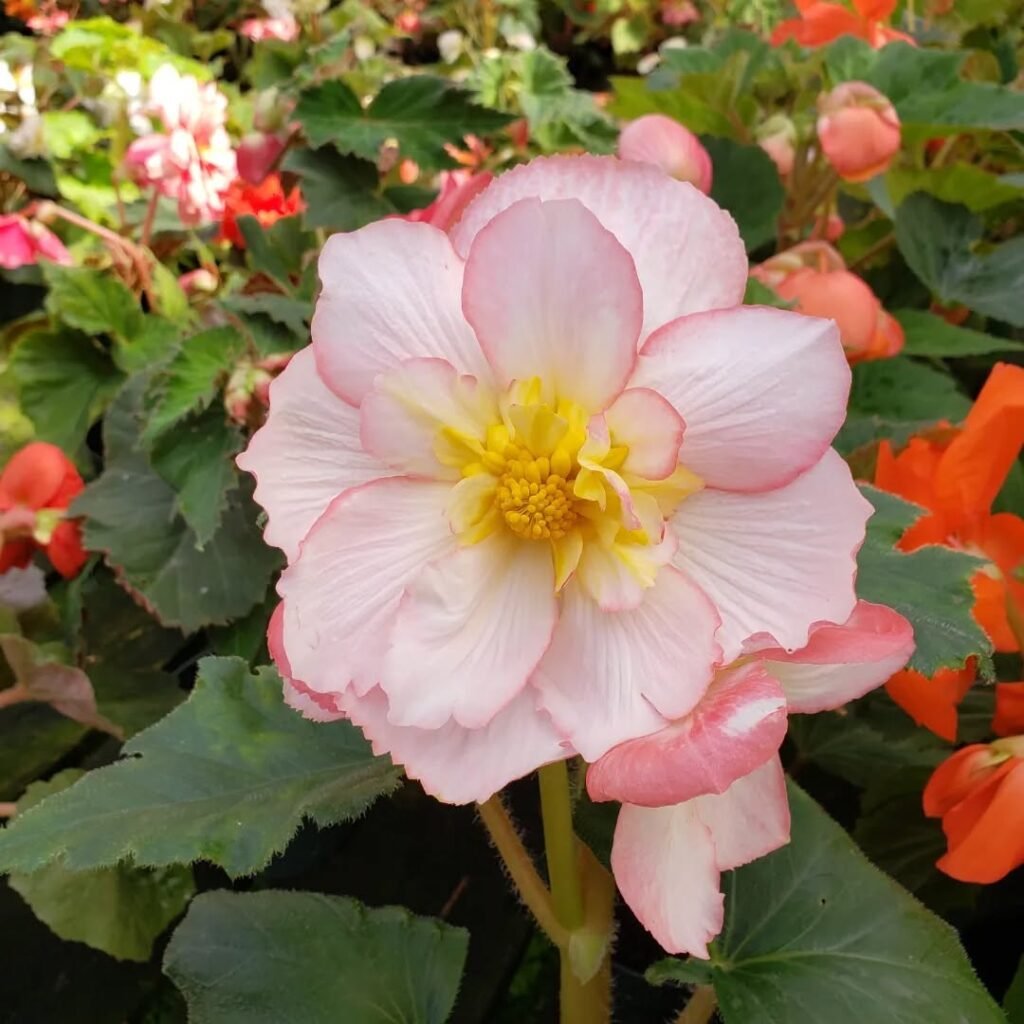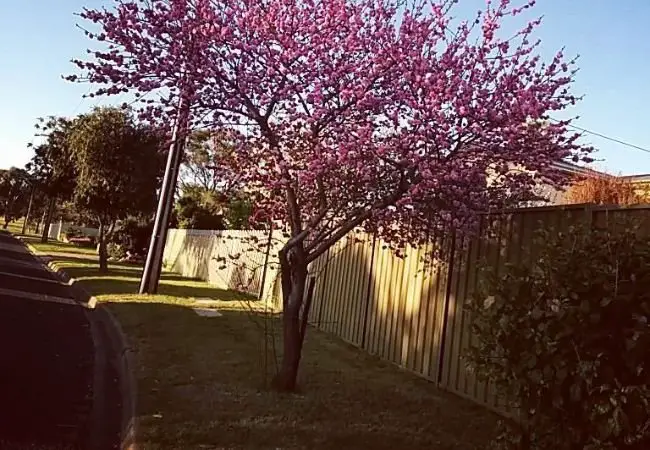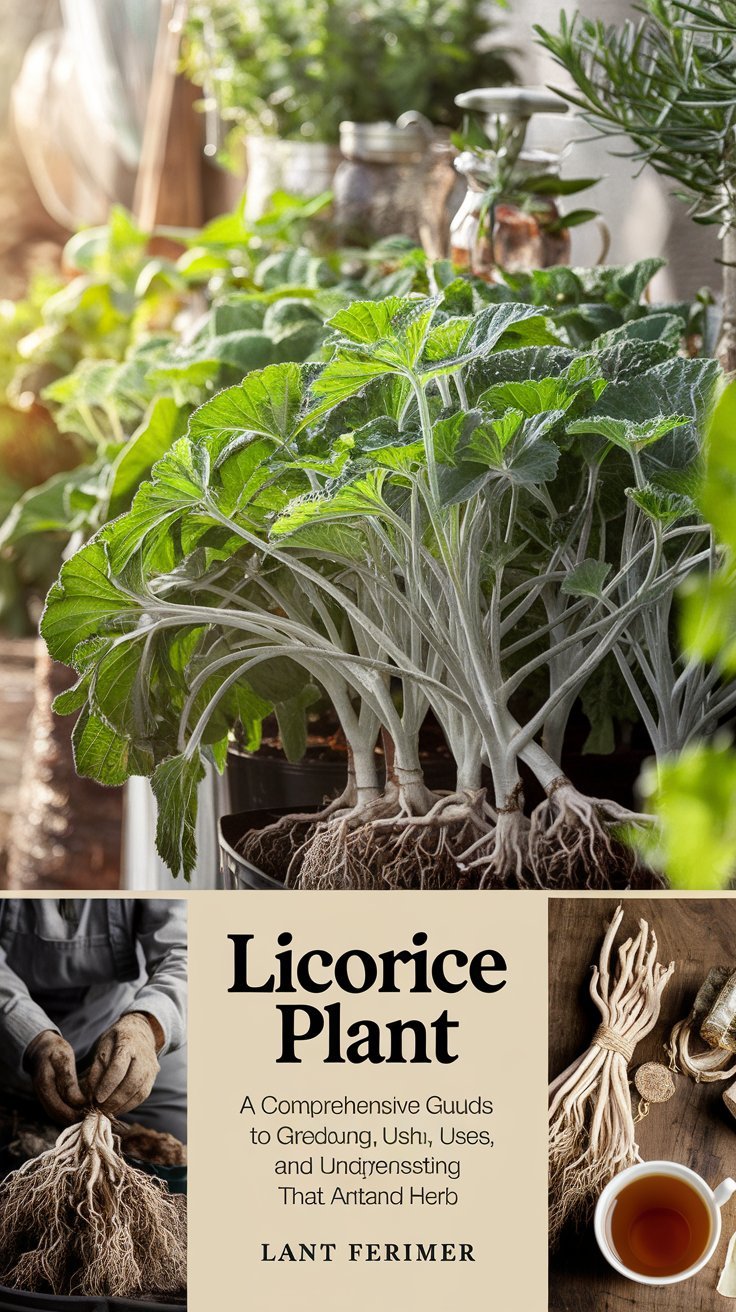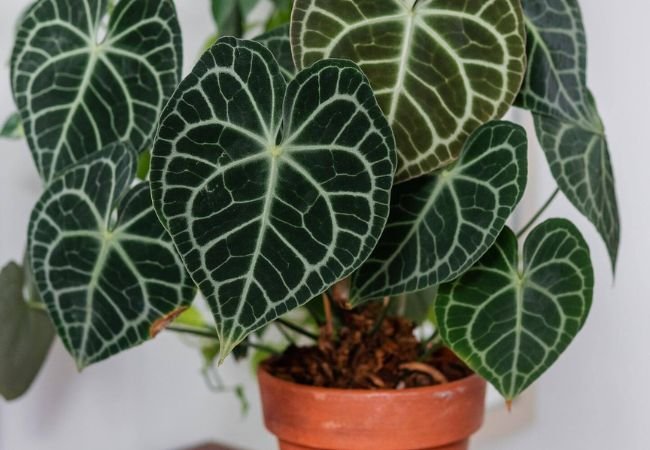Learn how to grow stunning tuberous begonias with this step-by-step guide. Discover planting, care, and more for these shade-loving flowers.

Hey there, fellow gardeners! I’m Ashley Scott, and with 10 years of gardening experience under my belt, I’m thrilled to share my tips on growing tuberous begonias. I still remember the first time I saw these stunners at a garden show—their vibrant blooms stopped me in my tracks. Since then, I’ve been hooked on growing them in my own garden at home. If you’re looking to add some color and charm to your shady spots, you’re in the right place! In this guide, I’ll walk you through everything you need to know to grow beautiful tuberous begonias in your garden, from planting to care and even a few tricks I’ve learned along the way.
Understanding Tuberous Begonias

What Are Tuberous Begonias?
Tuberous begonias are a special type of begonia grown from tubers—those swollen underground stems that store nutrients. They’re famous for their big, showy flowers and lush leaves, making them a favorite for shady gardens. Unlike other begonias, these beauties are all about the wow factor with their blooms.
Types and Colors
One thing I love about tuberous begonias is their variety. You can find them in colors like red, pink, orange, yellow, white, and even bi-colors. Whether you want a bold pop of red or a soft pastel vibe, there’s a tuberous begonia color for you. Some have single flowers, while others are double, looking almost like roses!
Are They Perennials?
“Do tuberous begonias come back every year?” you might ask. Yes, they’re perennials, which means they can return year after year—but there’s a catch. In colder climates like much of the USA, you’ll need to dig up the tubers in fall and store them indoors over winter. I’ll explain how later!
Preparing to Plant
Choosing the Right Location: Sun or Shade?
Here’s a common question: “Do tuberous begonias like sun or shade?” From my experience, they thrive in partial shade to full shade, especially in hot climates. They can handle a bit of morning sun, but too much afternoon heat can scorch their leaves. I once planted some in a sunny spot by mistake—let’s just say they weren’t happy! If you’re in a cooler area, they might tolerate more sun, but shade is their sweet spot. For more shade-loving plant ideas, check out my article on Best Flowers for Shady Gardens.
Soil Preparation
Tuberous begonias need well-draining soil that’s rich in organic matter. I mix in compost or peat moss to keep it light and fluffy. They don’t like soggy feet, so good drainage is key. Aim for a slightly acidic soil pH—around 5.5 to 6.5 works great.
Planting Tuberous Begonias
When to Plant
Timing is everything! Plant your tuberous begonias in spring after the last frost—usually late April or May for most of the USA. If you’re eager to get started, you can sprout them indoors 6-8 weeks earlier and move them outside later.
How to Plant in the Garden
Here’s my step-by-step process:
- Prep the Tubers: Look for the hollow side—that’s the top! It’s where the sprouts come from.
- Dig a Hole: Make it about 1-2 inches deep. I learned the hard way not to bury them too deep—they won’t sprout.
- Place the Tubers: Set them hollow side up, about 8-12 inches apart.
- Cover and Water: Lightly cover with soil and give them a gentle drink.
How to Plant in Pots
Tuberous begonias in pots are a fantastic option—I love them in hanging baskets on my porch! Use a pot at least 6-8 inches wide with drainage holes. Fill it with a mix of potting soil and compost, then plant the tuber just below the surface. Water sparingly at first until you see growth. Want more container tips? See my Container Gardening Guide.
Caring for Tuberous Begonias
Watering
Tuberous begonia care starts with watering. Keep the soil consistently moist but not waterlogged. I water mine when the top inch feels dry—about once or twice a week, depending on the weather. Overwatering led to root rot once, so I’m careful now!
Fertilizing
Feed your tuberous begonias every 2-3 weeks with a balanced fertilizer (like 10-10-10). I dilute it to half strength to avoid burning the plants. This keeps those blooms coming all summer.
Deadheading and Pruning
To keep them looking gorgeous, pinch off spent flowers. It’s called deadheading, and it encourages more blooms. If they get leggy, trim them back a bit—I’ve found this really helps.
Special Care for Potted Plants
Potted tuberous begonias dry out faster, so check them more often. I also rotate my pots every week to ensure even light exposure.
Overwintering Tubers
In fall, when the leaves yellow, it’s time to save those tubers. Dig them up, let them dry for a few days, and store them in peat moss or sawdust in a cool, dark place (around 40-50°F). I’ve kept mine in my basement with great success!
For more detailed care tips, the University of Minnesota Extension has a fantastic resource.
Growing Tuberous Begonias Indoors
Thinking about tuberous begonias indoors? It’s doable! They need bright, indirect light—think near a north-facing window—and high humidity. I mist mine lightly or use a pebble tray with water. Keep them warm (65-75°F) and water sparingly. They’re usually outdoor plants, but I’ve had luck bringing them inside during bloom season.
Propagating Tuberous Begonias
From Tubers
Tuberous begonia propagation is pretty cool. After overwintering, you can cut larger tubers into pieces—just make sure each has a bud. Plant them as usual in spring.
From Stem Cuttings
Take a 4-inch cutting with a few leaves, dip it in rooting hormone, and pop it in moist soil. Keep it humid (I use a plastic bag over the pot), and in a few weeks, you’ll have a new plant! It’s a bit advanced, but so rewarding.
The American Begonia Society has more propagation tips if you’re curious.
Troubleshooting Common Issues
Pests and Diseases
Watch out for powdery mildew—a white coating on leaves. Good air circulation helps prevent it. I’ve also dealt with slugs; a bit of diatomaceous earth around the base works wonders.
Tubers Not Sprouting
If your tuberous begonias aren’t sprouting, check the planting depth (hollow side up, just below the surface) and soil moisture. Too wet or too dry can stall them.
For pest control ideas, check out Clemson University’s Extension.
Where to Buy Tuberous Begonias
Looking for tuberous begonias for sale? Local nurseries are great, but online options like White Flower Farm offer healthy tubers. Always buy from reputable sources to ensure quality.
Conclusion
Growing tuberous begonias in your garden is a joy—they bring color and life to shady corners like nothing else. With the right spot, some TLC, and a little patience, you’ll have stunning blooms all summer. I hope my tips, honed over a decade of gardening, help you succeed! Ready to give it a try? Let me know how it goes in the comments, or subscribe to USA Garden Hub for more gardening goodness.
Frequently Asked Questions
Q: Do tuberous begonias come back every year?
A: Yes, they’re perennials and can return if you store the tubers indoors over winter.
Q: Can I grow tuberous begonias indoors?
A: Absolutely! They need bright, indirect light and humidity to thrive inside.




